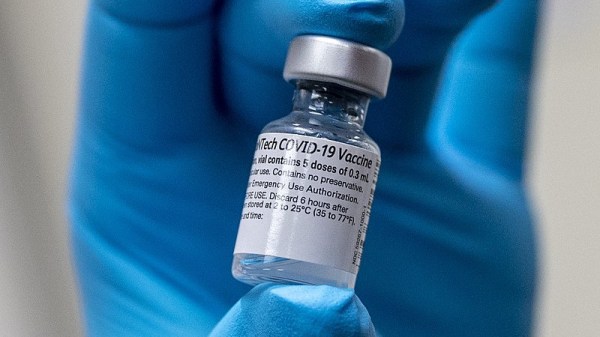Computer programs are written in code, which comes in many forms. At the lowest level, there’s machine code and assembly, while higher-level languages like C and Python aim to be more human-readable. However, the natural world has source code too, in the form of DNA and RNA strings that contain the code for the building blocks of life. [Bert] decided to take a look at the mRNA source code of Tozinameran, the COVID-19 vaccine developed by BioNTech and Pfizer.
The analysis is simple enough for the general reader, while nonetheless explaining some highly complex concepts at the cutting edge of biology. From codon substitutions for efficiency and the Ψ-base substitution to avoid the vaccine being destroyed by the immune system, to the complex initialisation string required at the start of the RNA sequence, [Bert] clearly explains the clever coding hacks that made the vaccine possible. Particularly interesting to note is the Prolase substitution, a technique developed in 2017. This allows the production of coronavirus spike proteins in isolation of the whole virus, in order to safely prime the immune system.
It’s a great primer and we can imagine it might inspire some to delve further into the rich world of genetics and biology. We’ve featured other cutting edge stories on COVID-19 too; [Dan Maloney] took a look at how CRISPR techniques are helping with the testing effort. If there’s one thing the 2020 pandemic has shown, it’s humanity’s ability to rapidly develop new technology in the face of a crisis.











